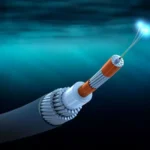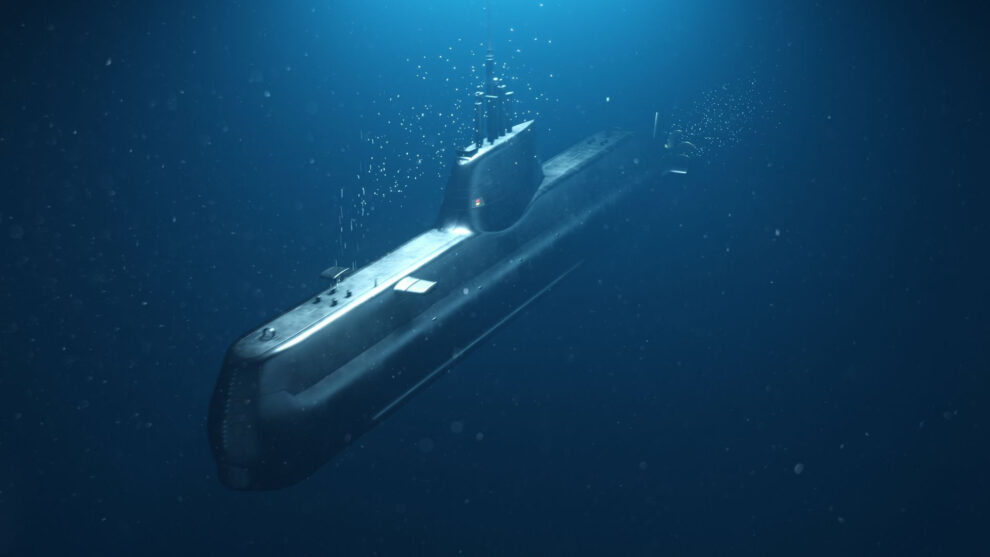A team of scientists from Shanghai Jiao Tong University in China has allegedly developed a new form of submarine detection that could transform underwater surveillance.
The device, which was claimed to have been tested in the depths of the South China Sea, has demonstrated the potential to detect even the quietest submarines over an extended range, a feat that was previously considered impossible.
Breakthrough in electromagnetic detection
The new detection technology is in a large square-like pickup truck structure, and it uses antennas to detect very weak electromagnetic signals that submarine propellers emit.
The recent testing involved a rotating propeller, and the detector successfully identified low-frequency signals at a distance of nearly 12 miles (20 km), according to the South China Morning Post (SCMP).
Jiang Weikang, a professor at Shanghai Jiao Tong University’s State Key Laboratory of Mechanical System and Vibration, explained the significance of this development.
“Although a 1.86 miles (3 kms) detection and positioning range is already a significant breakthrough, it still falls short of meeting the requirements for detecting and positioning targets in the open sea,” Jiang wrote.
He emphasized that this new technology could potentially extend the detection range of these electromagnetic signals to over 31 miles (50 km), a distance comparable to that of modern torpedoes.
This achievement marks a significant improvement over previous records. Until now, the furthest detection of submarines using similar technology was just over 1.5 miles (2.5 km). a milestone also reached by Chinese scientists.
Seabed detection: A new approach
Traditionally, detecting submarines using electromagnetic signals has been a challenge due to the nature of seawater, which tends to weaken electromagnetic waves. As propellers cut through the electric fields surrounding navy vessels, they generate electromagnetic radiation, but these signals are short-ranged in seawater.
However, the Shanghai scientists took a different approach—rather than receiving signals from the water, they collected them from the seabed.
As a submarine moves, its propellers rotate once per second, creating low-frequency electromagnetic waves that travel into the seabed and spread along rock layers. These waves weaken at a much slower rate in the seabed compared to seawater, allowing the detection range to be greatly extended.
According to the scientists, the rate of weakening in the seabed is only 0.278 decibels per mile (0.173 decibels per km), compared to the much higher rate in seawater.
“Marine geologists have used this method for years to explore undersea oil and gas deposits,” the scientists noted, adding that it had never before been applied to submarine detection.
The potential of this approach is immense, but it also presents several challenges, especially since the electromagnetic waves from the propellers are extremely weak by the time they reach the seabed.
Additionally, the seabed is filled with electromagnetic noise from both natural and non-military sources.
Overcoming challenges with advanced algorithms
The research team created an advanced algorithm to isolate extremely weak signals in the noisy and complex seabed environment. Accurate positioning was another hurdle.
To pinpoint a target, the detector needs multiple high-precision sensors spread over a 0.62-mile (1 km) area, synchronized with an error margin of no more than a billionth of a second—challenging in deep-sea conditions.
“Low-frequency electromagnetic waves carry limited physical data, and researchers are still working to improve their use for more accurate target identification and positioning,” the paper highlighted (via SCMP).
Despite this, the researchers believe the technology holds immense promise, particularly in detecting submarines, which are increasingly difficult to spot using traditional acoustic methods.
The device itself is equipped with instruments and battery compartments for long-term underwater operations, and it is connected to a surface buoy. While primarily designed for submarine detection, the system can also track surface ships by identifying the wake of their propellers.
“We have achieved accurate detection of targets in the open sea,” the paper stated.
Implications for global submarine warfare
The new technology comes at a critical time when underwater warfare is becoming a key area of focus for major military powers. Submarines have become increasingly stealthy, emitting sounds that are almost indistinguishable from background ocean noise. This poses a major challenge for traditional acoustic detection systems.
As tensions in the South China Sea and the Taiwan Strait continue to escalate, both China and the United States are investing heavily in anti-submarine warfare capabilities.
















